This Blog is mainly for my research which I feel links to my work in some shape or form.
*******************
Carolee Schneemann
Carolee Schneemann
Interior Scroll
"I thought of the vagina in many ways-- physically, conceptually: as a sculptural form, an architectural referent, the sources of sacred knowledge, ecstasy, birth passage, transformation. I saw the vagina as a translucent chamber of which the serpent was an outward model: enlivened by it's passage from the visible to the invisible, a spiralled coil ringed with the shape of desire and generative mysteries, attributes of both female and male sexual power. This source of interior knowledge would be symbolized as the primary index unifying spirit and flesh in Goddess worship." -CS
***
Yoko Ono
Cut Piece
“Cut Piece is about freeing yourself from yourself…”
Traditionally, the artist’s ego is in the artist’s work. In other words, the artist must give the artist’s ego to the audience. I had always wanted to produce work without ego in it. I was thinking of this motif more and more, and the result of this was Cut Piece. Instead of giving the audience what the artist chooses to give, the artist gives what the audience chooses to take. That is to say, you cut and take whatever part you want; that was my feeling about its purpose.
Traditionally, the artist’s ego is in the artist’s work. In other words, the artist must give the artist’s ego to the audience. I had always wanted to produce work without ego in it. I was thinking of this motif more and more, and the result of this was Cut Piece. Instead of giving the audience what the artist chooses to give, the artist gives what the audience chooses to take. That is to say, you cut and take whatever part you want; that was my feeling about its purpose.
It is a form of giving that has a lot to do with Buddhism. There’s a small allegorical story about Buddha. He left his castle with his wife and children and was walking towards a mountain to go into meditation. As he was walking along, a man said that he wanted Buddha’s children because he wanted to sell them or something. So Buddha gave him his children. Then someone said he wanted Buddha’s wife and he gave him his wife. Someone calls that he is cold, so Buddha gives him his clothes. Finally a tiger comes along and says he wants to eat him and Buddha lets the tiger eat him. And in the moment the tiger eats him, it became enlightened. That's a form of total giving as opposed to reasonable giving like “logically you deserve this” or “I think this is good, therefore I am giving this to you.”
In the Sixties clothes were very important to me because I had so few. But when I performed Cut Piece I always made sure to wear my best suit. It was the total offering. I lost my best suit every time I performed the piece. To think that it would be OK to use the cheapest clothes because it was going to be cut anyway would be wrong; it’s against my intentions. I was poor at the time, and it was hard. This event I repeated in several different places, and my wardrobe got smaller and smaller. However, when I sat on stage in front of the audience, I felt that this was my genuine contribution. This is how I really felt.
The audience was quiet and still, and I felt that everyone was holding their breath. While I was doing it, I was staring into space. I felt kind of like I was praying. I also felt that I was willingly sacrificing myself. It wasn’t a feminist issue, per se. It has to do with the positive and negative side of giving, but we can make it positive. And the funny thing was, most people thought of the other side, which is the body being violated. But when this piece was performed by Charlotte Moorman in a nunnery, the nuns said, “Well, this is what we’re doing.” They bypassed the sexual connotation totally and just understood the philosophical connotation and the positive side, which was to be giving.
When I went to London – swinging London, at the time – the minute I put the scissors in front of me, 20 people came up on the stage and made me totally naked. Oops! It depends on the audience really; it’s a dialogue between me and the audience.
It always draws something out of people. At Carnegie Hall, it seemed to draw violence out of the audience, like a poison. It is a frightening piece to perform. Very tense, but I wanted to show that we have to trust each other. If I’m going to say that, I have to do it myself. I have to trust people myself. It could be a bit dangerous.
I did Cut Piece again in Paris in 2003. The difference from 1965 was people were much more scared for me. Sean, who doesn’t come to my performances as much, flew all the way to Paris, and stood on the side of the audience to protect me. That was sweet. My friends said to me: you need a bodyguard, but my principle was that we have to trust each other. In Cut Piece I ask people to come on stage and each cut off one piece of my clothing. This time I asked that they send that piece of clothes to the person they love. When I did it in 1965 I did it as a woman confronting turbulence and anger, and I was communicating just with a small group of people – mostly artists and intellectuals. Last time, it was anybody. It was a wider audience. I did it with love for the world and you and me. If you can carry some feeling of love for each other, that’s very important.
-Yoko Ono
Helen Chadwick
Piss Flowers
Piss Flowers were bronze sculptures which were casted from cavities her and her husband made by urinating in the snow
Rosemary Meza
Drawings using real human hair!
***
Anne Wilson
***
Tracey Emin
***
Marina Abramovic
***
Nancy Spero
***
Hannah Wilke
S.O.S. — Starification Object Series.
Hannah Wilkes's 1974 “performalist self-portraits” found the artist transforming her body into a grotesque, satirical statement on feminine beauty. Wilke posed à la pinup style — often topless — with tiny folds of bubble gum covering her body like blemishes, made to look like miniature vulvas for her S.O.S. — Starification Object Series. (The forms were reminiscent of her famed 1960′s vulva sculpture works.) Ironically enough, Wilke often found herself defending the photographs, as many suggested it was her beauty that made them most compelling.
“I chose gum because it’s the perfect metaphor for the American woman — chew her up, get what you want out of her, throw her out, and pop in a new piece.”
***
Laurie Simmons
Early Color Interiors

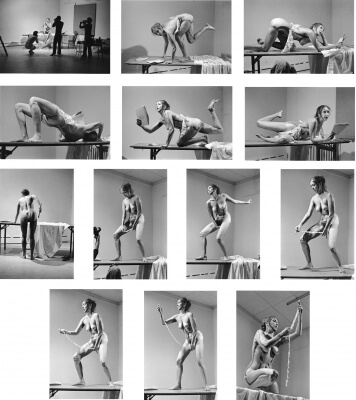

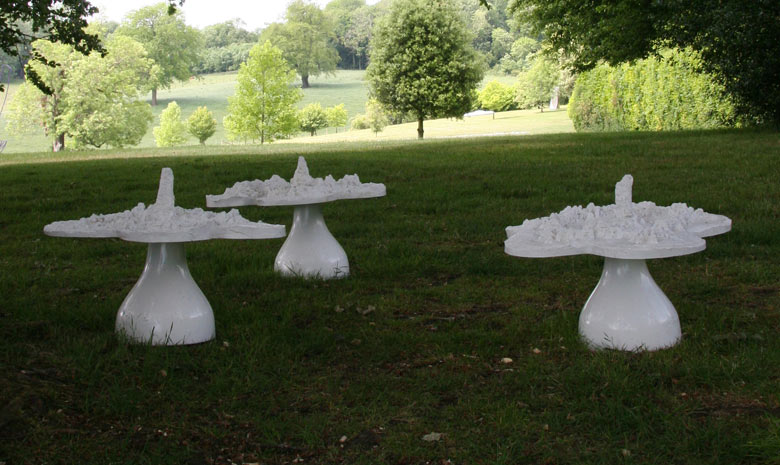






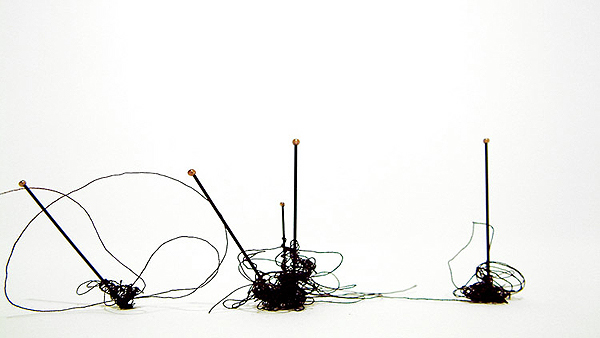
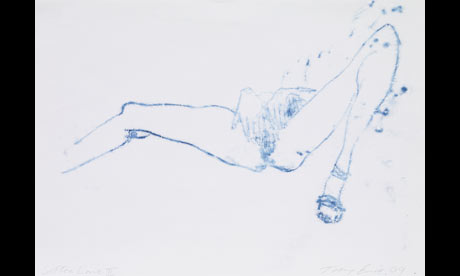


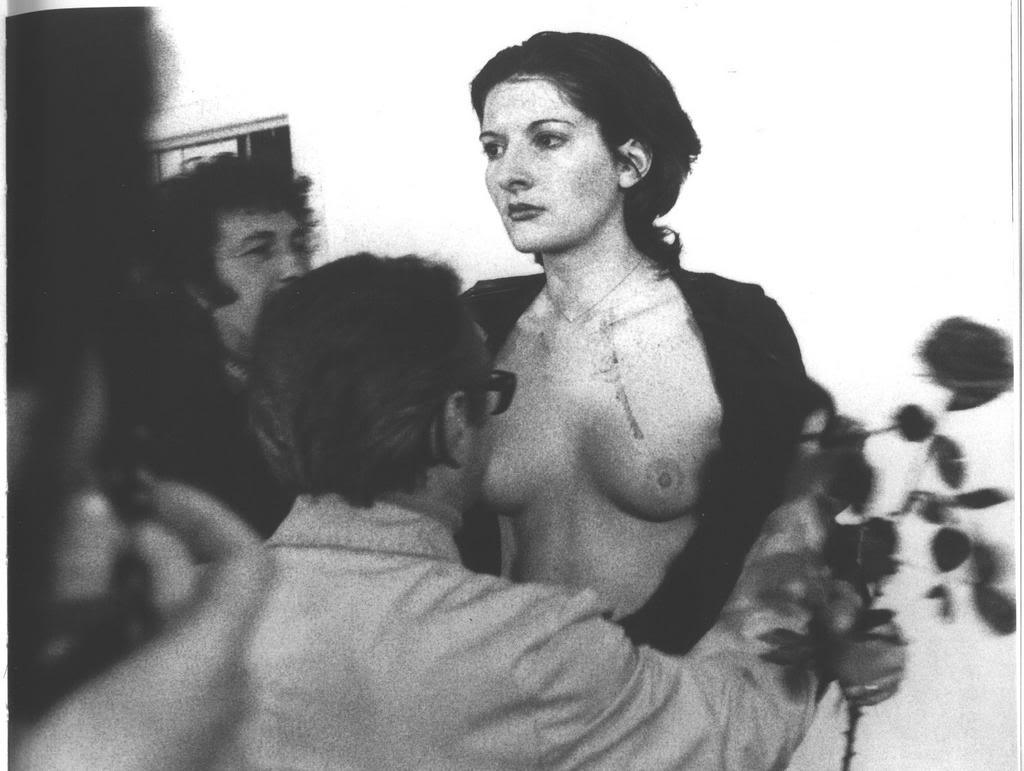



No comments:
Post a Comment